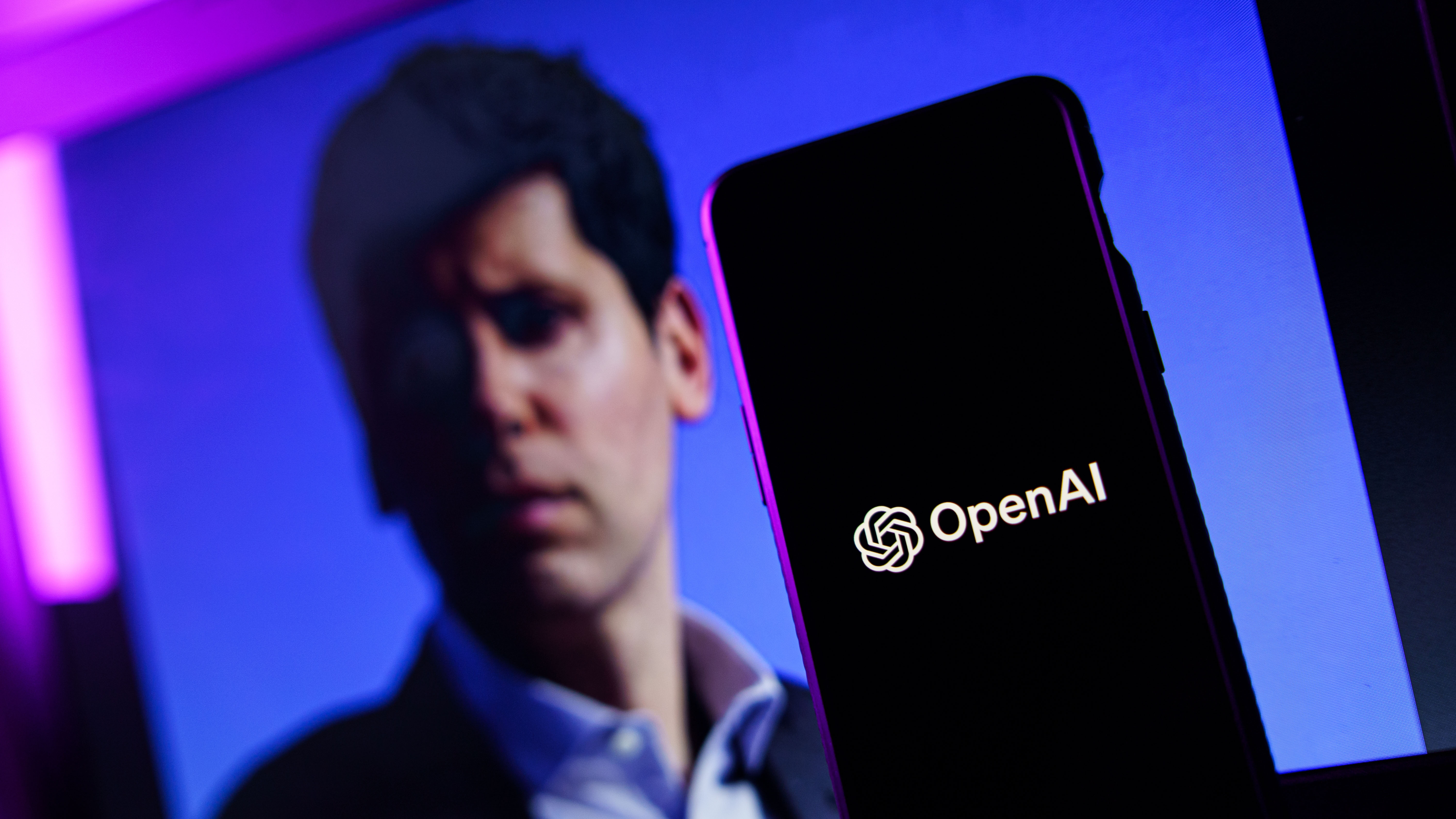OpenAI Defends New Safety Routing as Users Cry Model Switch

Key Points
- OpenAI added a safety routing system that redirects sensitive conversations to a conservative AI model.
- The routing activates on a per‑message basis and is temporary.
- Paying users report frustration, saying they cannot stay on their chosen model.
- There is currently no option for users to disable the safety routing.
- OpenAI exec Nick Turley explained the feature is meant to protect users showing signs of emotional distress.
- The company cites a responsibility to safeguard vulnerable users, including younger audiences.
- Critics compare the change to locked parental controls, arguing it limits user freedom.
OpenAI introduced a safety routing system that automatically moves ChatGPT conversations to a more conservative AI model when sensitive or emotional topics are detected. Paying users have voiced strong frustration, saying the change forces them away from their preferred models without a way to opt out. OpenAI executive Nick Turley explained that the routing operates on a per‑message basis to better support users showing signs of mental or emotional distress. The company emphasizes its responsibility to protect vulnerable users, while critics compare the feature to locked parental controls.
Background of the Change
OpenAI recently rolled out new safety guardrails for ChatGPT. The system monitors each message for signs of sensitivity, emotional content, or potential legal concerns. When such cues are detected, the conversation is silently redirected to a more conservative AI model. This routing is intended to be temporary and applied on a per‑message basis.
User Backlash
Many paying subscribers have expressed anger on social platforms, claiming the change forces them away from the model they selected, such as GPT‑4o. Users note that there is currently no option to disable the routing, and the switches happen without clear indication. Some describe the experience as “being forced to watch TV with the parental controls locked in place,” even when no children are present.
OpenAI’s Response
OpenAI executive Nick Turley addressed the concerns publicly, stating that the safety routing is specifically designed for “sensitive and emotional topics.” He emphasized that the feature is part of a broader effort to improve how ChatGPT handles signs of mental and emotional distress, aligning with prior blog posts on user safety. Turley described the system as a temporary measure that activates only when needed.
Rationale Behind the Feature
The company argues that it has a responsibility to protect vulnerable users, including those who may be experiencing distress. By redirecting to a more cautious model, OpenAI aims to provide responses that are less likely to exacerbate sensitive situations. This approach is intended to balance the open‑ended capabilities of the chatbot with safeguards for user well‑being.
Ongoing Debate
The controversy highlights a tension between user autonomy and platform safety. While some users welcome stronger protections, many feel the lack of transparency and control undermines their workflow. The discussion is expected to continue as OpenAI evaluates feedback and potentially refines the routing mechanism.